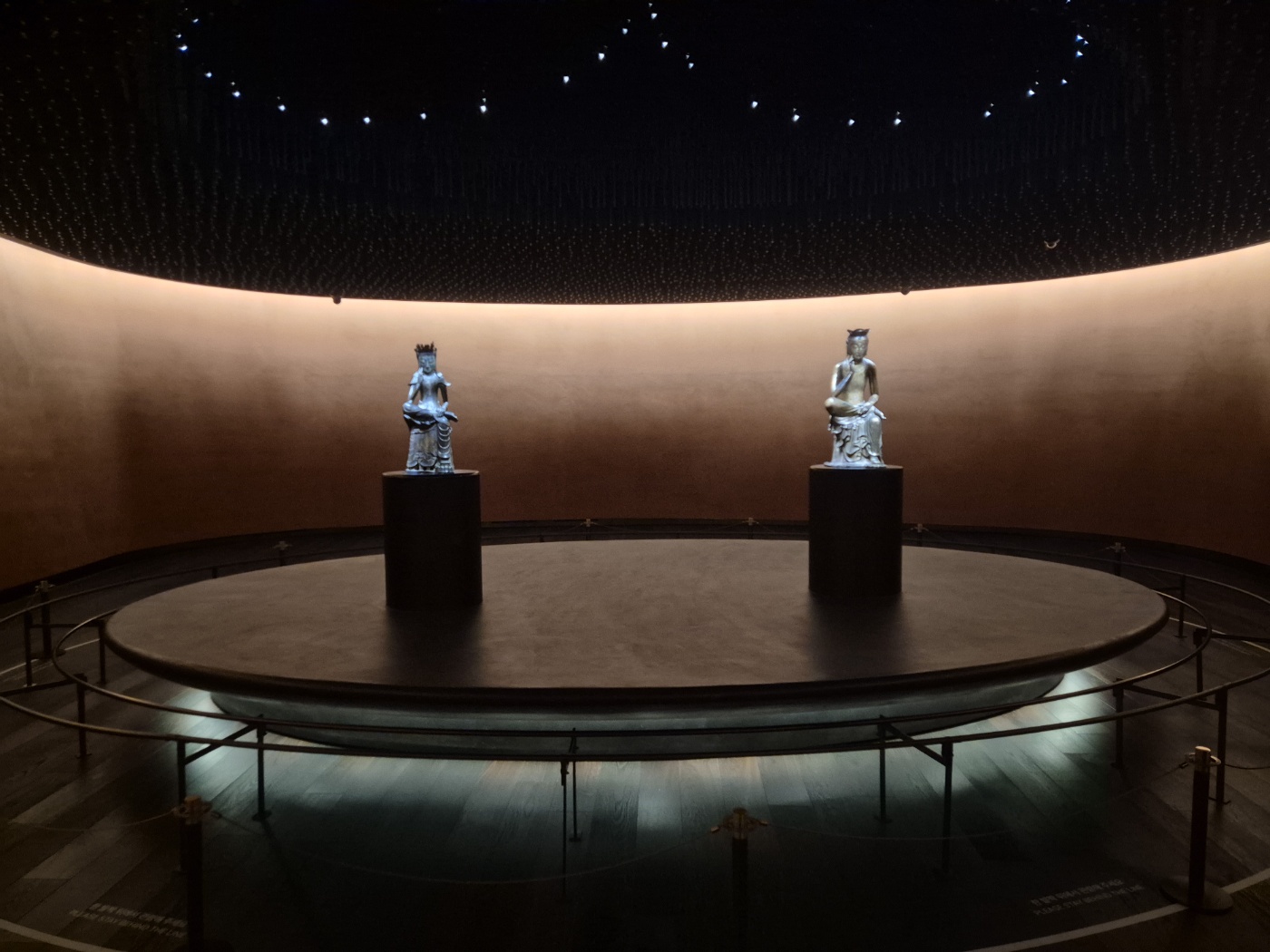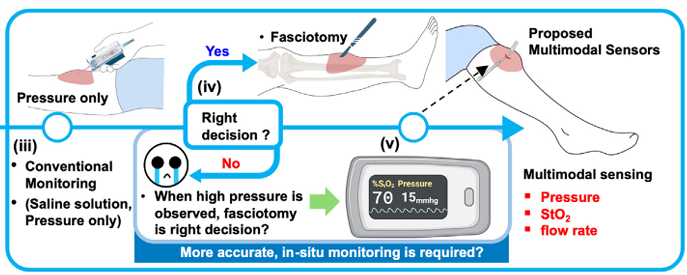[Feature] Cutting-Edge Holographic Streaming: KHU's Leap into Deep Learning Integration
Professor Min Seong-wook and his research team from the Dept. of Information Display at Kyung Hee University (KHU) have unveiled a pioneering technology in three-dimensional (3D) holography. Their research has developed a real-time, high-quality 3D holographic streaming system using a deep learning neural network, in collaboration with the Samsung Science and Technology Foundation. The results were published in the prestigious journal Nature Communication, Volume 14, on June 14, 2023.
Overcoming Limitations in Holographic Technology
Holographic technology creates images by intersecting two separate laser lights in a specific point, producing a ray that can record detailed 3D information of an object.
Traditional holographic methods required the use of physical lasers and carefully controlled environments, posing safety risks to the eyes upon direct exposure.
In seeking an alternative to physical lasers, researchers have turned to Self-Interference Incoherent Digital Holography (SIDH), which operates without a reference beam and is suited for uncontrolled environments. However, this approach faced limitations, as the Field of View (FOV)?crucial for capturing real-world objects?was restricted. The team tackled this issue by integrating a Geometric Phase (GP) lens, which, due to its wide aperture and transmission geometry, allowed for an expanded FOV.
KHU Research Team's Notable Achievements
The team's foundational method combined GP-SIDH, successfully balancing incoherent methodology with a preserved FOV. This led to the invention of the world's highest quality holographic camera. As holography typically involves encoding wave values without a visual presentation tool, the collaboration with Samsung Science and Technology Foundation was vital due to their leading display technology. Despite initial challenges with color and shape definition, the application of a deep learning neural network?referred to as Deep IHC?enhanced the image quality by clarifying ambiguous parts and reducing noise.
This technology also excels in complex scenarios, such as overlapping objects, by calculating accurate depth information. Real-time streaming capabilities further streamline the process, eliminating the need for complex computations and enhancing accuracy.
Limitations and Prospective Aspects
Teleconferencing, widely used for audiovisual transmission, is a prime area for applying this new technology. Traditional teleconferencing relies on two-dimensional (2D) methods that do not capture phase information. The goal of this research was to transcend the limitations of conventional laser sources, which can pose safety hazards. The new method allows for unrestricted scanning of human faces, hinting at the possibility of holographic streaming for real-world, face-to-face interactions. Yet, this technology faces its own set of limitations: objects situated far from the camera suffer quality degradation, and real-world light interference can disrupt image quality. Prof. Min acknowledges these challenges, noting the need for more development: “Holographic imaging is essentially recording the information of light. To record more information, we need cameras with higher pixels and greater storage capacities.Prof. Min believes the future of holographic display technology lies in Extended Reality (XR), which encompasses Virtual Reality (VR), AR, and Mixed Reality (MR). He points out current limitations, such as the industry's focus on 2D content and the scarcity of 3D viewing options. For the industry to advance toward commercialization, he suggests that tech giants like Samsung Electronics Co. or Apple Inc. should increase their investment in this field.
Information display technology has evolved significantly over the decades, and holographic display is poised to unlock many forward-looking technologies. While much remains to be accomplished, the research at KHU has laid an important foundation. Prof. Min encapsulates the spirit of innovation: “Becoming a pioneer in tackling the unattempted challenges leads to improvement.” This significant achievement is thus deserving of continued interest and exploration.
deep learning holographic streaming photo:Joongang (joongang.co.kr)
Prof Min Seong Wook photo: khu.ac.kr
There are no registered comments.
- 1
- 2
- 3
- 4
- 5
I agree to the collection of personal information. [view]






